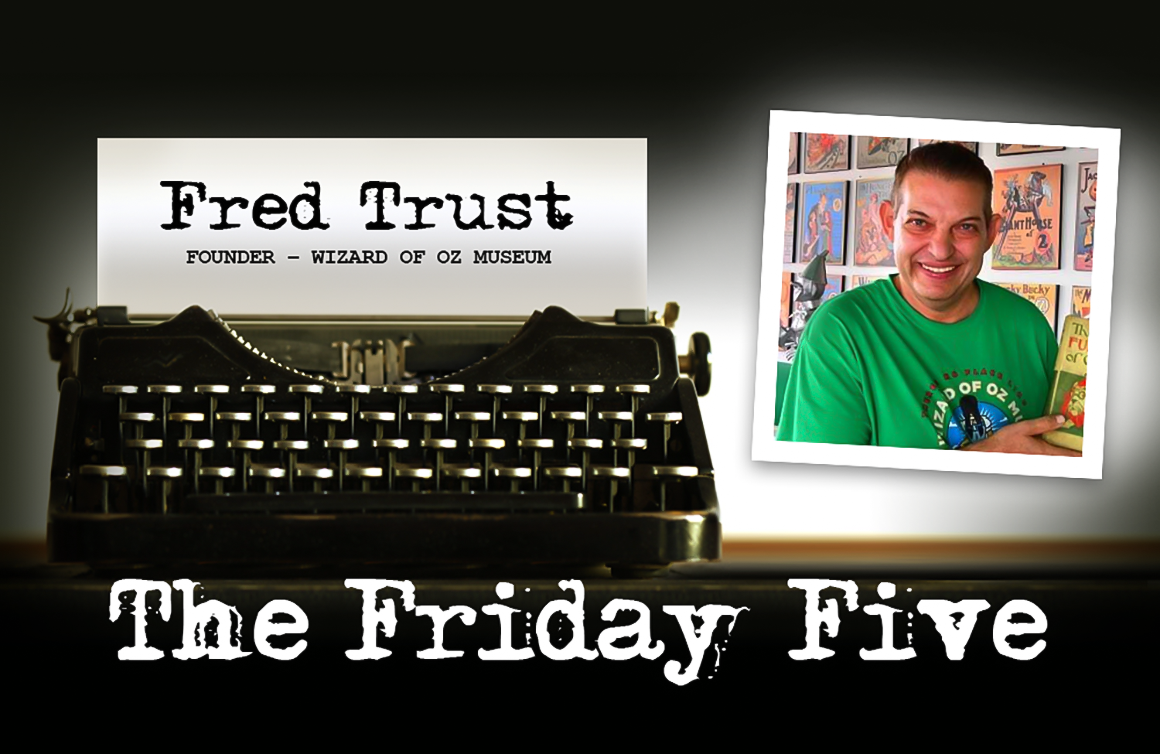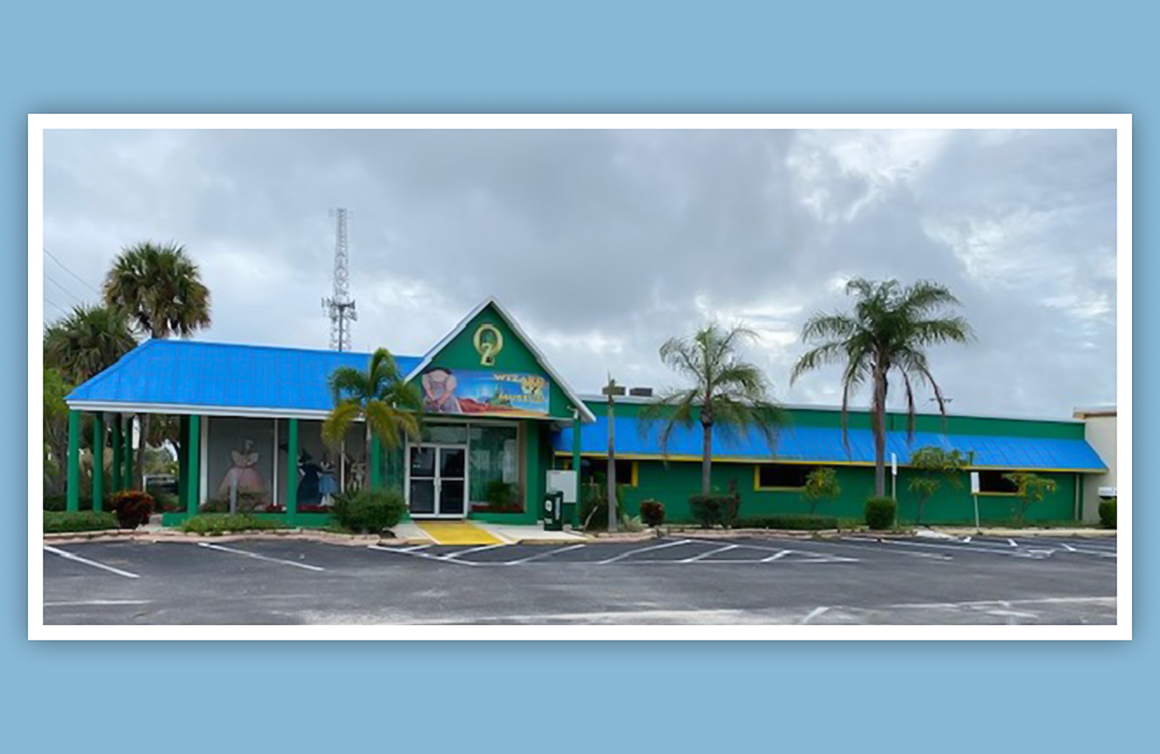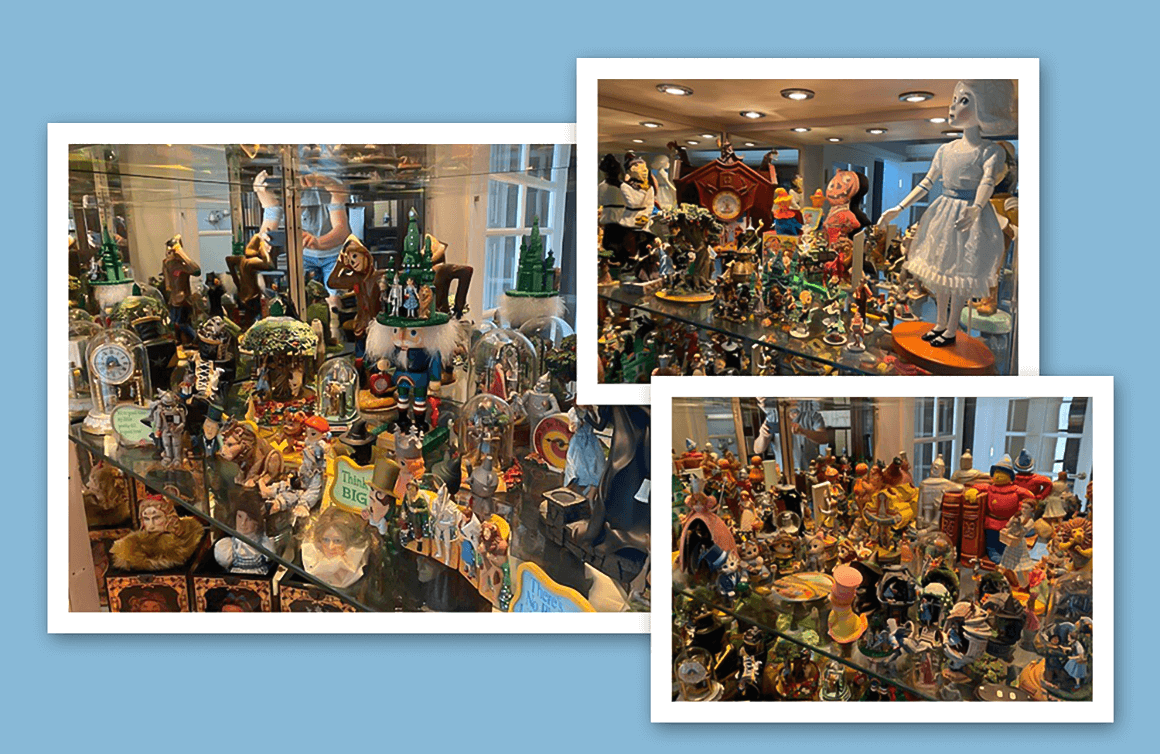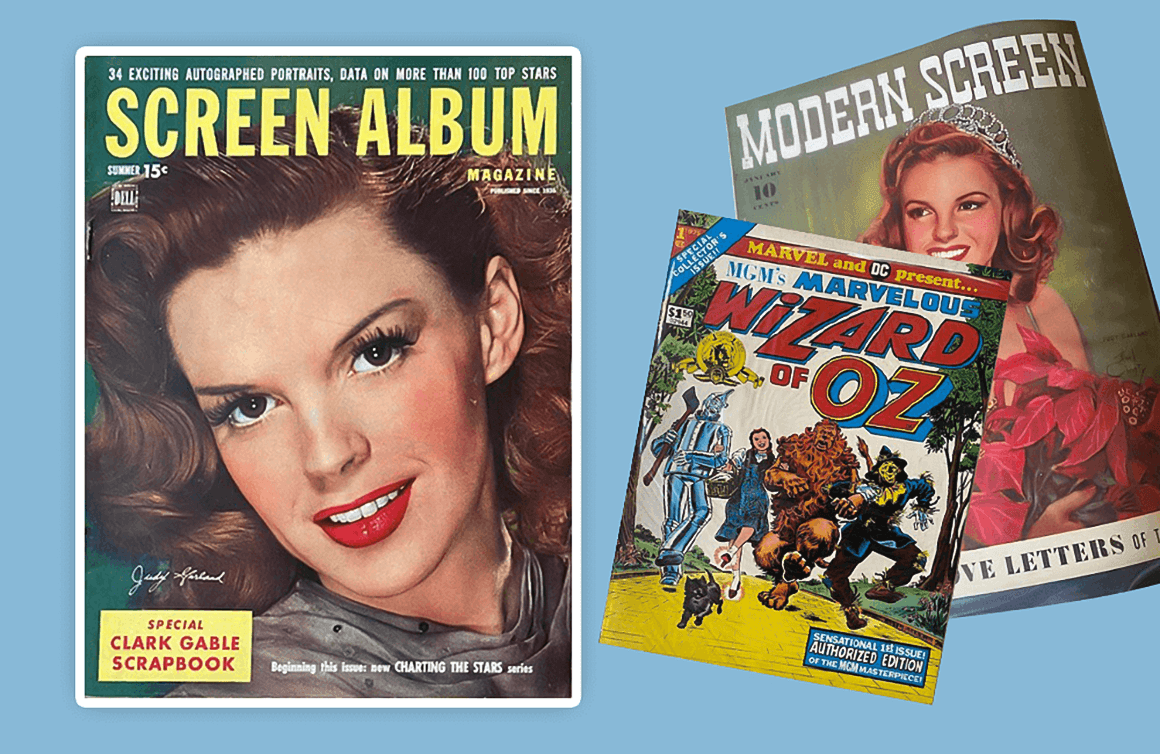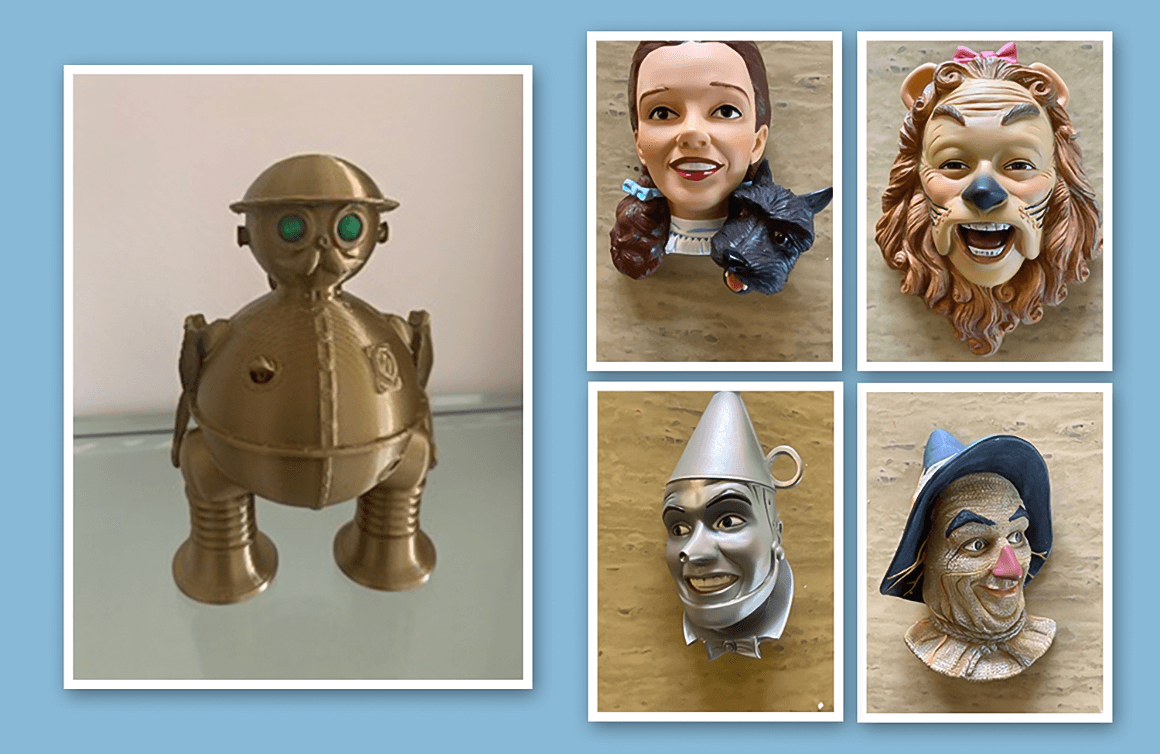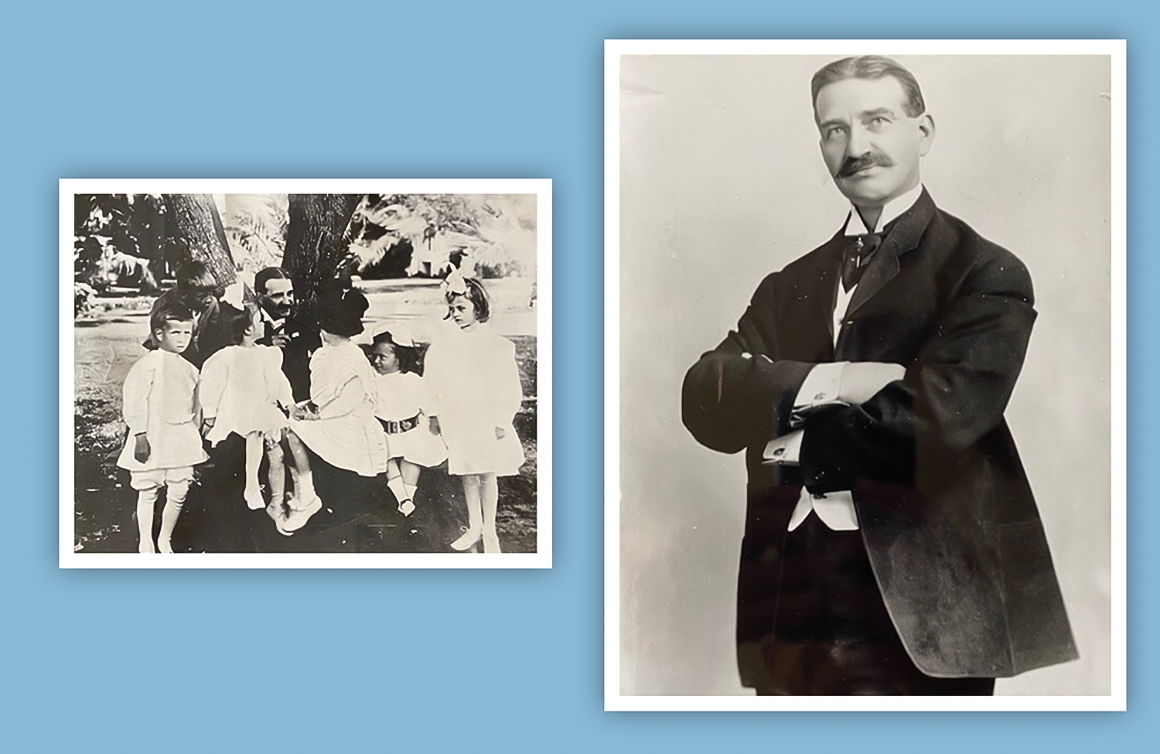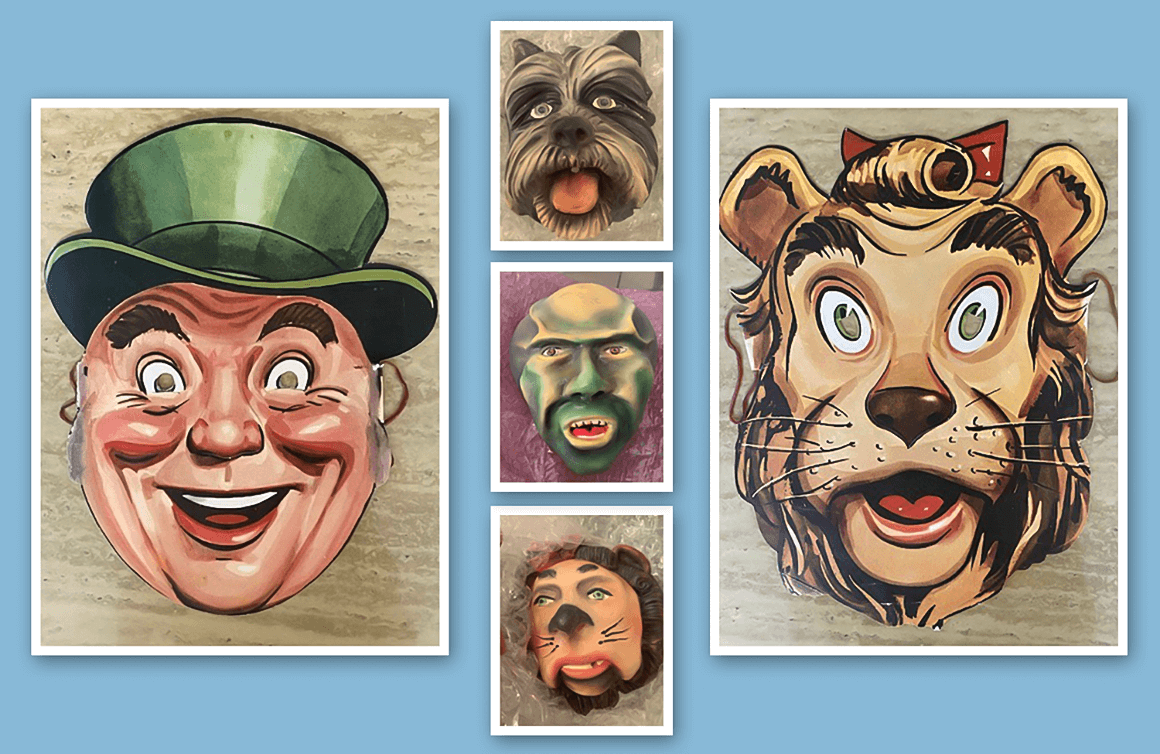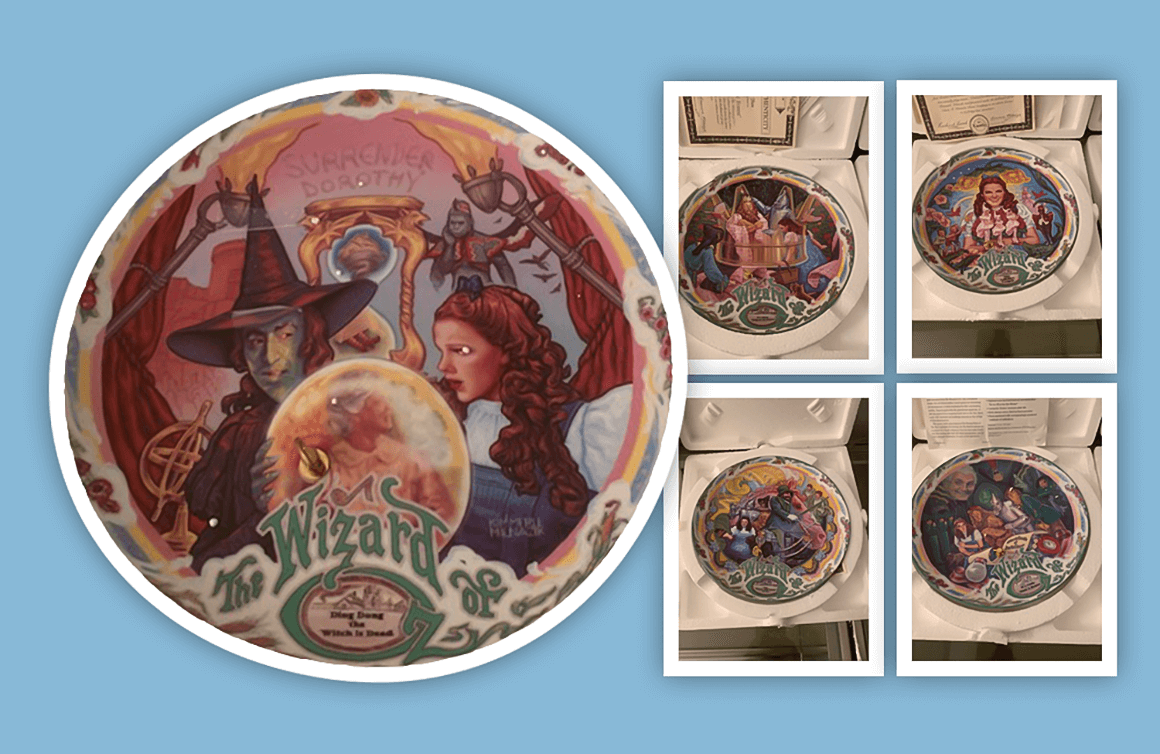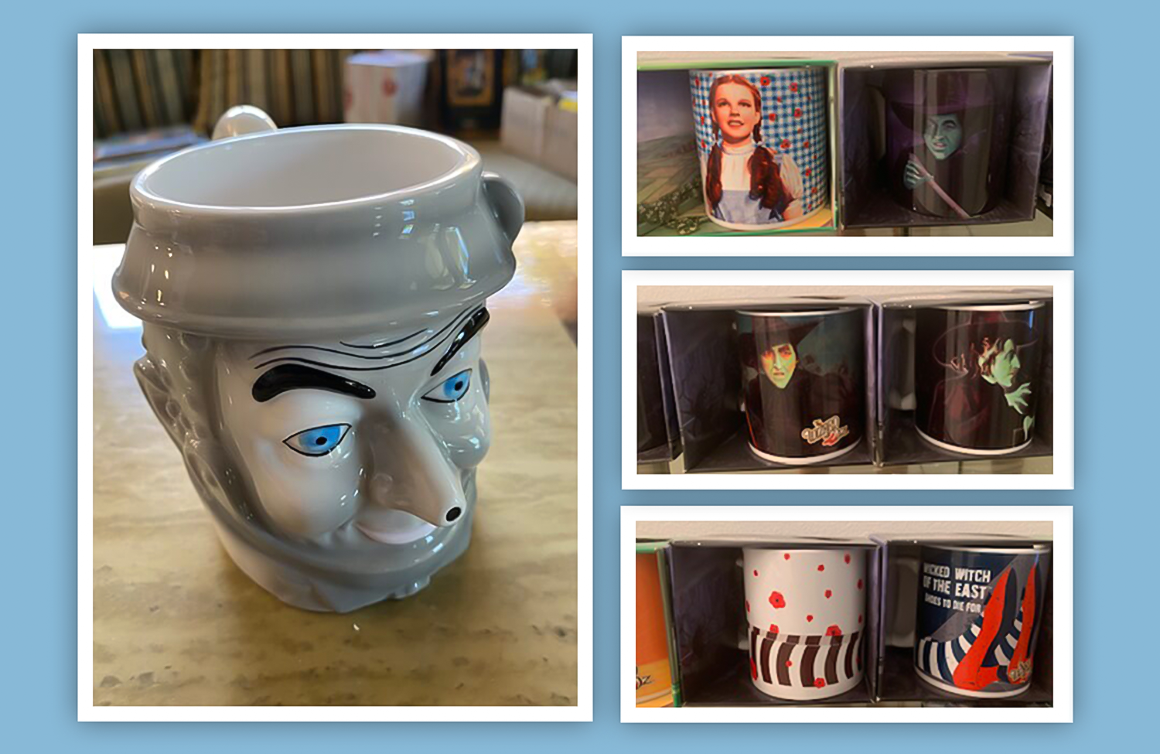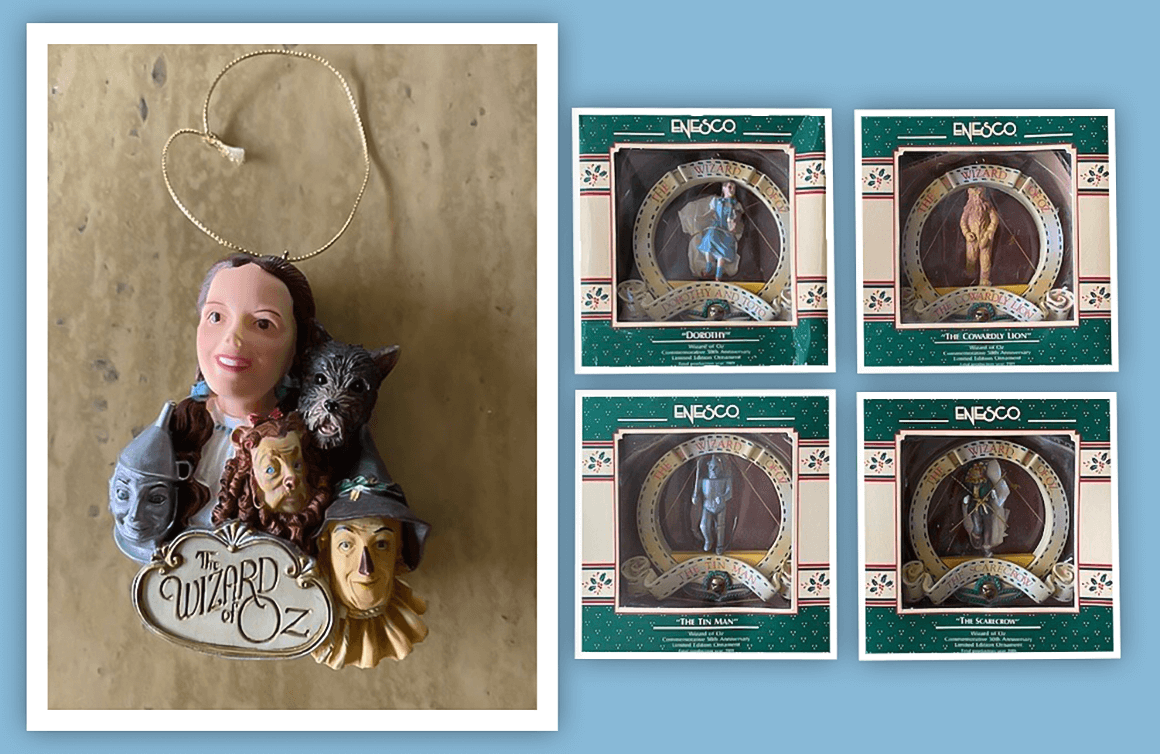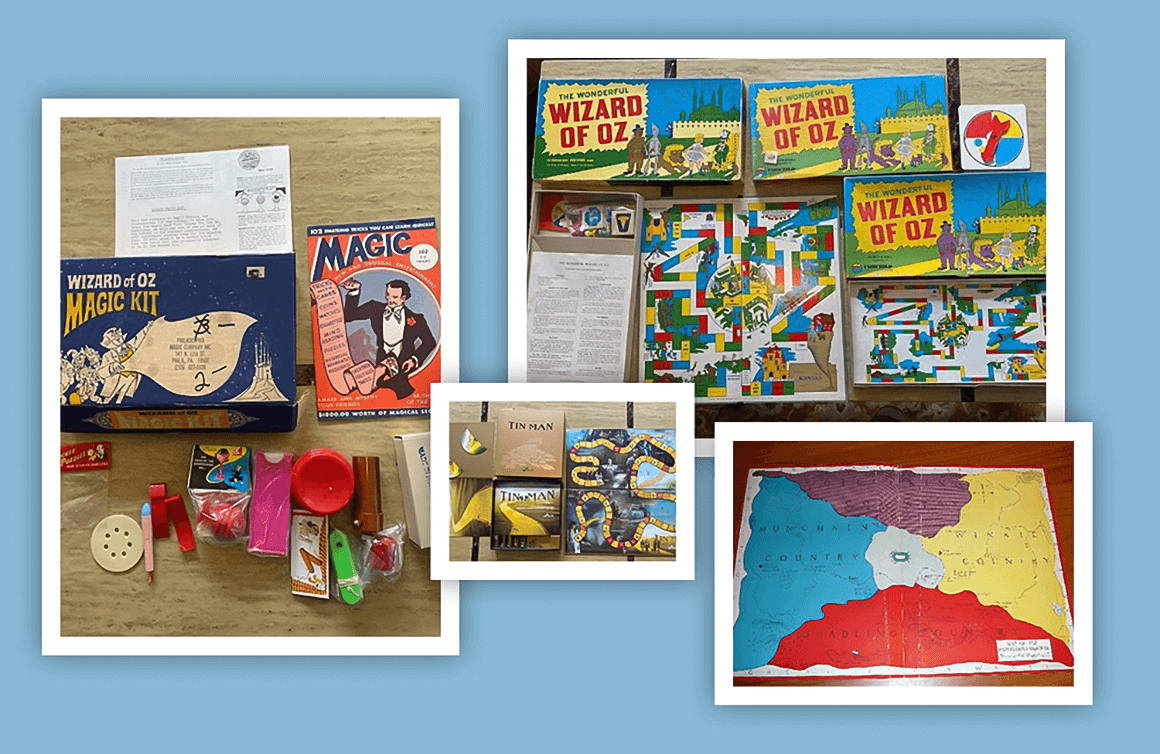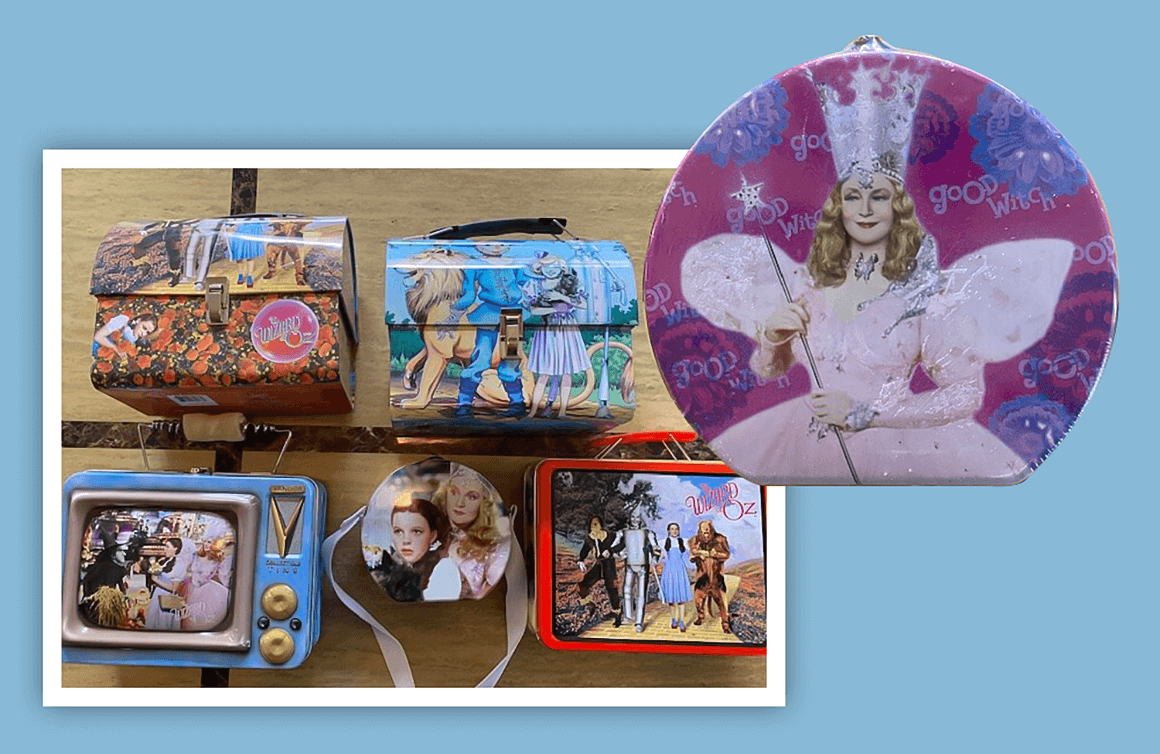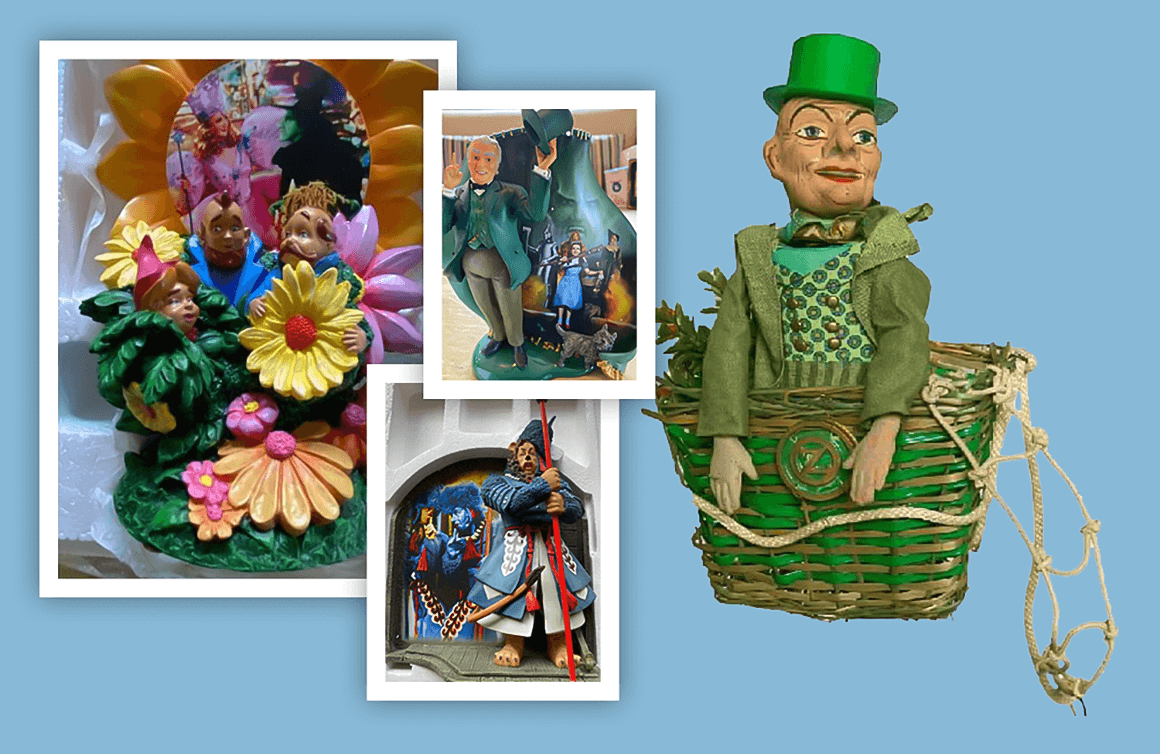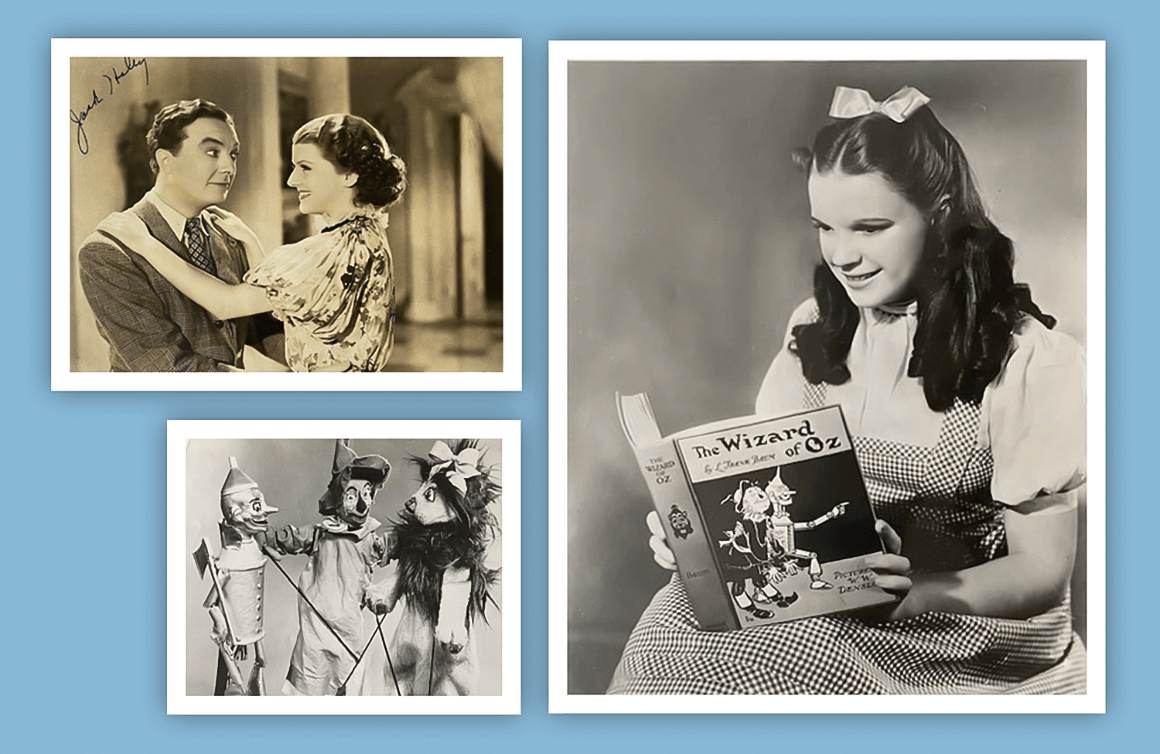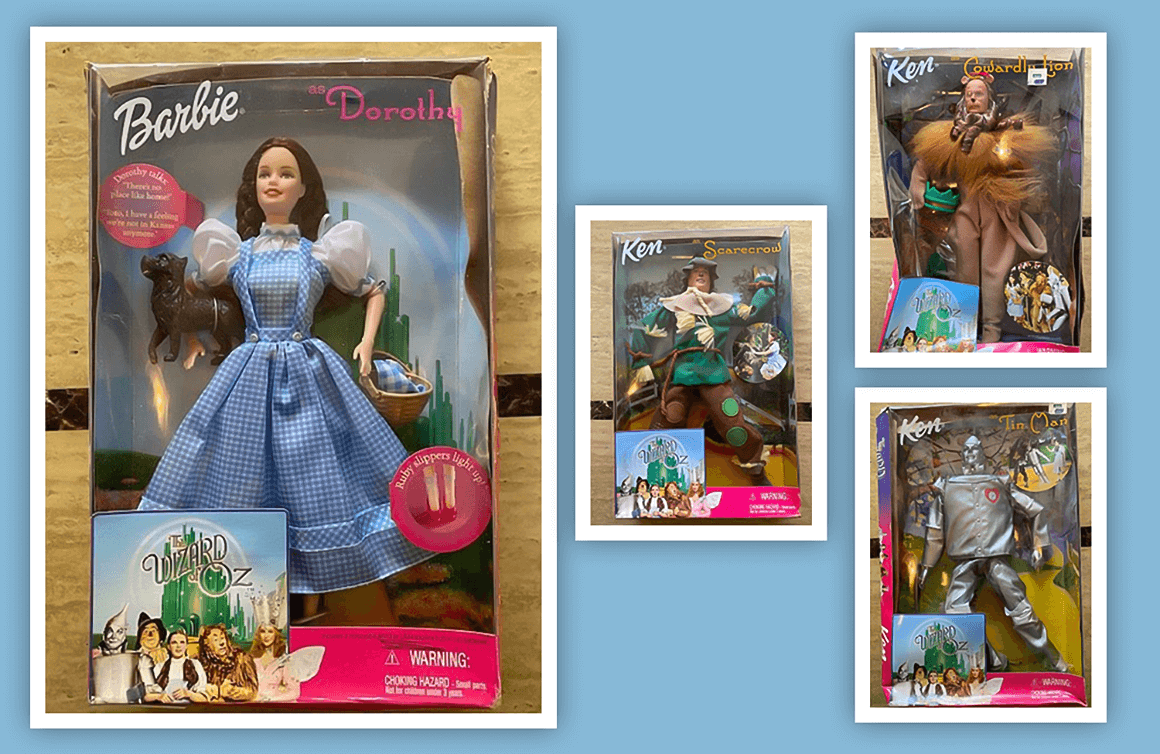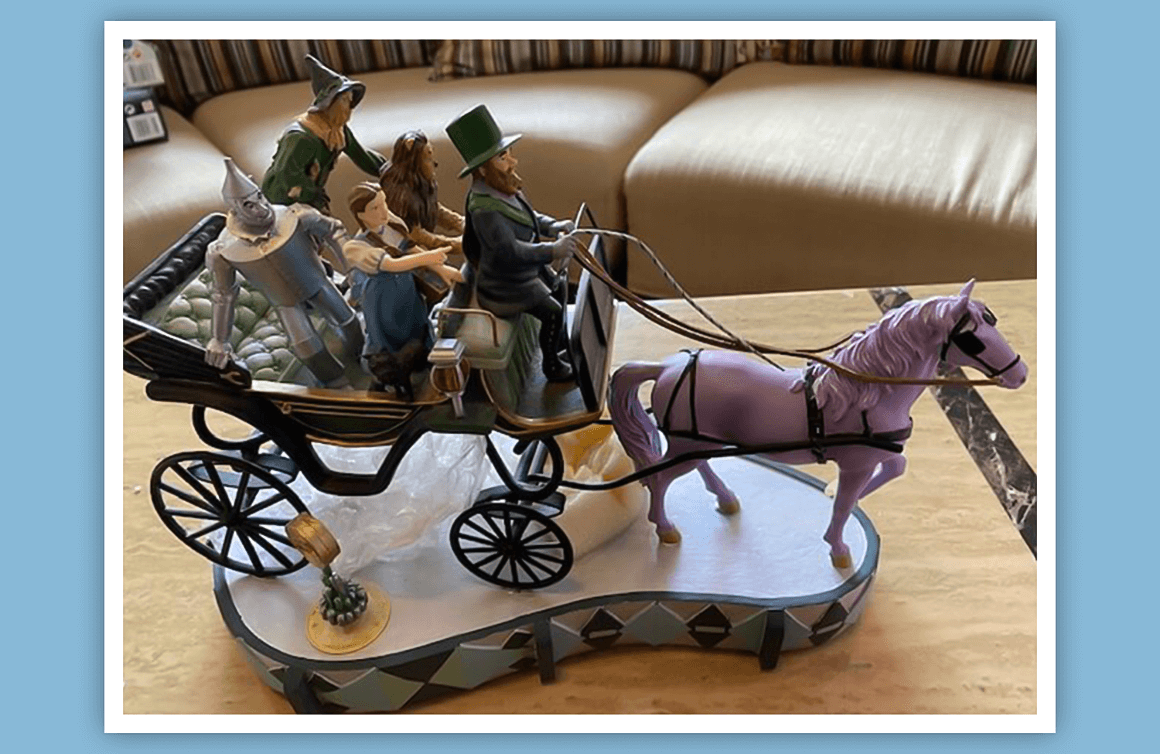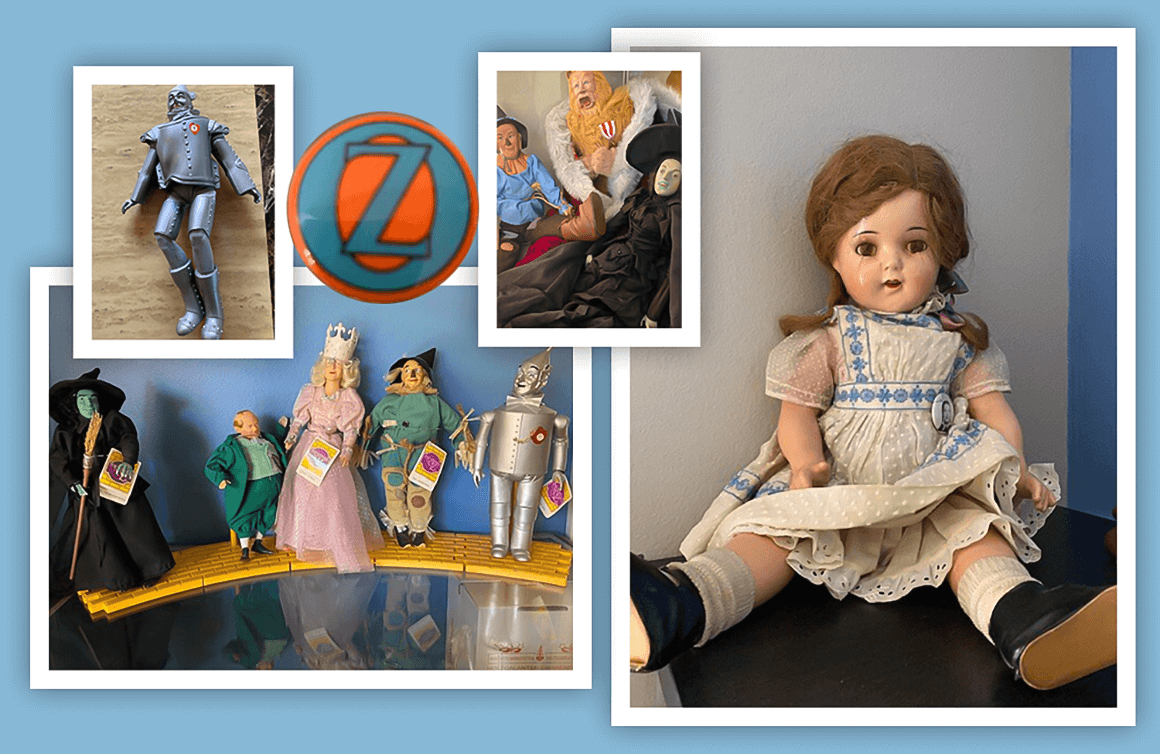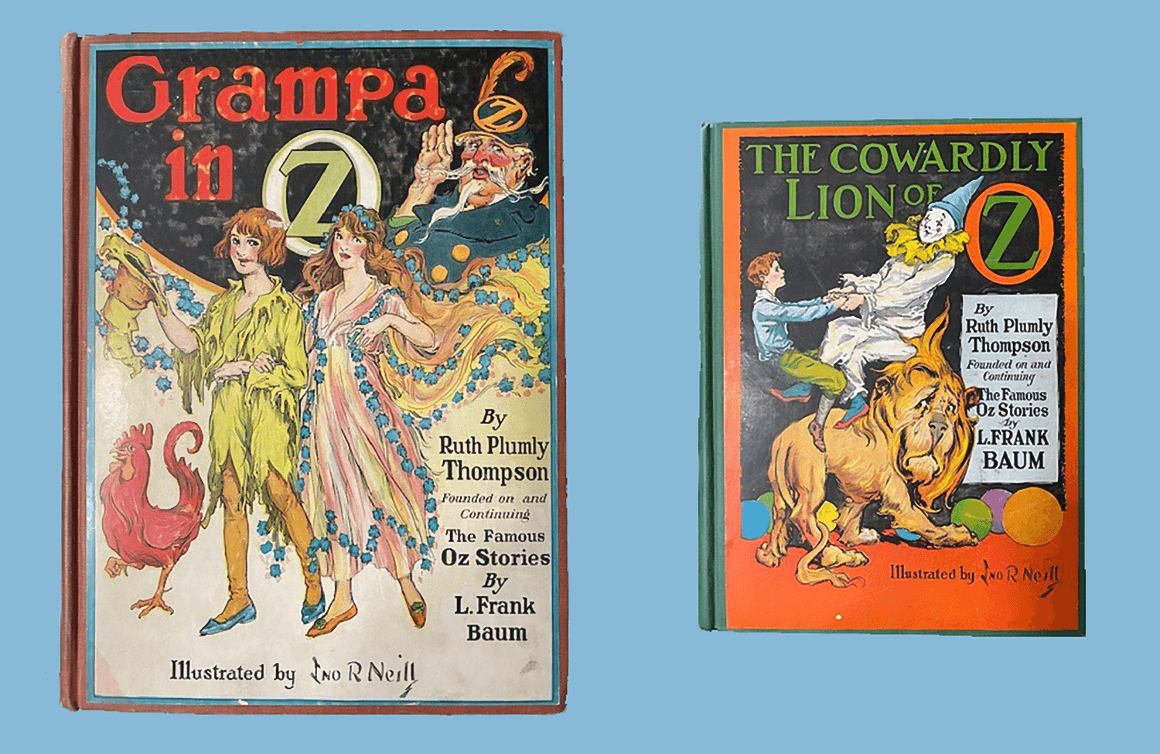What inspired you to open a museum devoted to The Wizard of Oz?
I am a collector. I started with the books written by L. Frank Baum and later became interested in the toys, figurines, comics — all the different things.
I knew I wanted to open a museum in Florida at some point. Two events triggered me to do it. First, I went to the OZ Museum in Wamego, Kansas. It is a small city of about 4,000 people located two hours outside of Kansas City. The museum welcomes approximately 40,000 visitors each year from all over the world. There’s a huge demand and people are willing to travel. When I looked at that museum, I felt like I had so much more to offer that was different. Many of the items in my collection are unique.
The other thing that really inspired me was the travelling exhibit called Van Gogh: The Immersive Experience in Miami. I have a graduate degree in computer science. When I saw what that exhibit did, I realized the technology was already there to create an environment where people could actually run on the Yellow Brick Road. I wanted to open the museum with an emphasis on immersing people in the environment. In my head, I was already planning some of the scenes and thinking about how cool it would be to have visitors experience what Dorothy experienced.

Walk us through your museum. What do people see as they enter and how does the experience progress?
It starts outside the building. We painted the building green and feature the Wizard of Oz characters on the windows with a yellow brick road leading up to the entrance. People stop every day just to take photos.
Once inside, there is a gift shop divided into two sections. On one side you see the general merchandise available for purchase. On the other side, we have the collectibles for sale that wouldn’t fit into the museum. I decided to part with some of the collectibles because we had so much already. People have the opportunity to buy some very interesting items.
From the gift shop, people pay an admission to enter the museum. There is a large wall with 40 images from different Oz books. Dorothy and the Wizard in Oz, The Emerald City of Oz, Ozma of Oz are just a few of the titles. Visitors see right away that there is much more than just The Wonderful Wizard of Oz and they learn a little bit of history as they go into the museum.
I have a 2,000-square-foot room with 20 full-size cabinets where I placed in chronological order items from 1850 to 1980. Each of these cabinets has a scannable QR code that allows people to listen to recordings I made explaining details of what they are seeing. There are about seven cabinets for just the years from 1850 to 1939. Ninety per cent of people know more from the Wizard of Oz movies than they do from the books. They are blown away seeing how much history there is before the movie was ever produced.
That area leads to an immersive experience with the Yellow Brick Road, the poppy fields, and Emerald City. You feel like you’re inside the book, experiencing what Dorothy experienced, with images projected on the floor and all four walls. We will have five different immersive scenes in total, including the tornado, the Munchkins, and a dark forest. One of the immersive elements includes a scene that wasn’t told in the movie the same way it was written in the book. It involves the Field Mice and the Mouse Queen characters.
There are over 500 different characters in the books. Many people are familiar with the ten main characters in the movies so we’re trying to include as many characters from the books as we can.

What attracts you personally to the story and characters?
I was introduced to the book when I attended elementary school in the former Soviet Union. When I moved to America, I discovered it was not originally a Russian story. Of course, the book has been translated into about 60 different languages. It’s enormously popular all over the world. I thought that I should probably read it in English, as that was my second language and I already knew the story. The thing is, as a child, you read the book as a fairy tale. When you’re more mature, you start noticing parallels between the book and real-life — in society, relationships, and the economy. You see it from a very different perspective when you’re older.

Tell us about a couple of your favourite objects in the museum.
I have about 3,000 items in the collection. As I started, any piece I could add was great but as the collection matured, I was more interested in finding things that are unique.
Some of my favourite pieces are the one-of-a-kind puppets that were used in 1950s and 1960s performances in the Chicago area. They were made by a puppeteer named Bill Eubank who was involved with the International Wizard of Oz Club at the time. He made the puppets based on how the characters were represented in the book. I have all the main characters and some duplicates in different colours. He made puppets based on characters from the other Oz books also, such as Tip, who would eventually transform into Ozma.
There is a 1925 silent movie version of The Wizard of Oz. I have two promotional pieces that were used at that time featuring the Scarecrow and the flying monkeys. I’ve never seen the flying monkeys piece anywhere else. I have wall-mounted string dispensers from the 1950s. These featured the faces of popular characters with a small hole in their mouth where the string would sit. I have a fur coat that was a gift to Judy Garland from her mom. It comes with a letter of authenticity. She had many coats but she cherished this one and kept it all her life. I have the first-known copy of The Wonderful Wizard of Oz dated May 23, 1900. This is a pre-publication copy given by author L. Frank Baum to his mother. The only other copy I know to exist is in the New York Public Library. There are also dolls made by Ideal Toy Company that were produced in 1939. I have a horn from the 1900s — it was one of the first Wizard of Oz toys produced — that features the image of the Tin Man.
And, of course, there are others.

The Wizard of Oz book was originally published in 1900. Why do you think the story still resonates with people?
There were very few forms of entertainment available at the time the book was originally published in 1900. There was no radio, television, or internet. This early generation grew up with the books. While you think the interest would die out by the 1920s or 1930s, the movies then came out. The 1939 Wizard of Oz movie with Judy Garland was released in colour. Everyone wanted to see it because it was a time of transition from black-and-white movies. As television became popular, the Wizard of Oz movie was often broadcast at Thanksgiving or Christmas, so more people grew up with the story and characters. Now we have the award-winning Wicked musical, which is based on the Wicked Witch of the West from The Wonderful Wizard of Oz. That inspired people to go back to the original books.
New versions of the story are constantly being told. Ninety-nine per cent of people have heard about the Wizard of Oz. There was a study conducted by the University of Turin, Italy in 2018 that looked at the most influential films of the century. It took into account 47,000 films and looked at how many times a film has been referenced in other films. The Wizard of Oz film was considered the most influential. Seventy per cent of people have seen the movie at least five times. Everybody has a memory of the Yellow Brick Road or being scared of the flying monkeys.
Phrases like “there’s no place like home” and “we’re not in Kansas anymore” are embedded in our culture.
People view the movie from their own perspectives. They see themselves and the people around them in the characters.

Visit the Wizard of Oz Museum website to see more of Fred’s collection and the museum.


